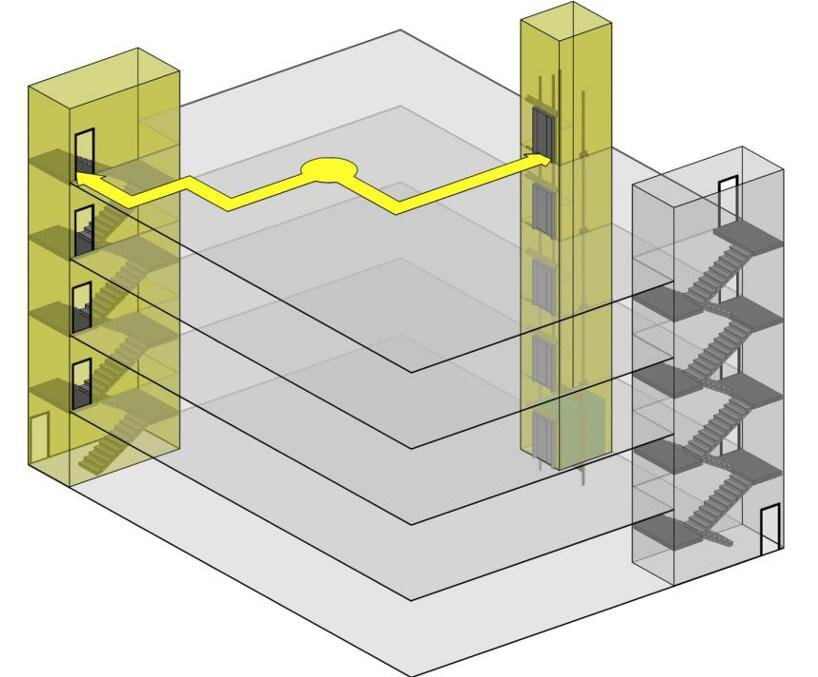The capacity and pressure ratings of fire pumps must be adequate to meet flow and pressure demands consistent with water supply requirements for the property in question. Fire pumps are designed to provide their rated capacity with a safety factor built in (150 percent of rated capacity at 65 percent of rated pressure) to provide some protection in case of greater than-expected demand at the time of a fire.
STANDARD HEAD DISCHARGE CURVES
The shape of the standard head discharge curve of a fire pump is determined by three limiting points: the shutoff, the rating, and the overload.
Shutoff
With the pump operating at rated speed and no flow, the total head of a horizontal centrifugal pump, vertical turbine pump, or an end-suction pump at shutoff must be between 100 and 140 percent of the rated head pressure at the 100 percent flow capacity.
The shutoff point represents the maximum allowable total head pressure. Otherwise, the pump would have a rising or convex characteristic curve. Such pumps are not listed. With a convex curve, there could be two flow points for one pressure.
Rating
Overload
At 150 percent of rated flow capacity, the total head pressure should not be less than 65 percent of the rated total head. The curve should pass through or above the overload point. Most fire pumps have curves with a small margin above the theoretical overload, and some models have a cavitation or “break” point in the curve just beyond overload.
Source : NFPA 20









